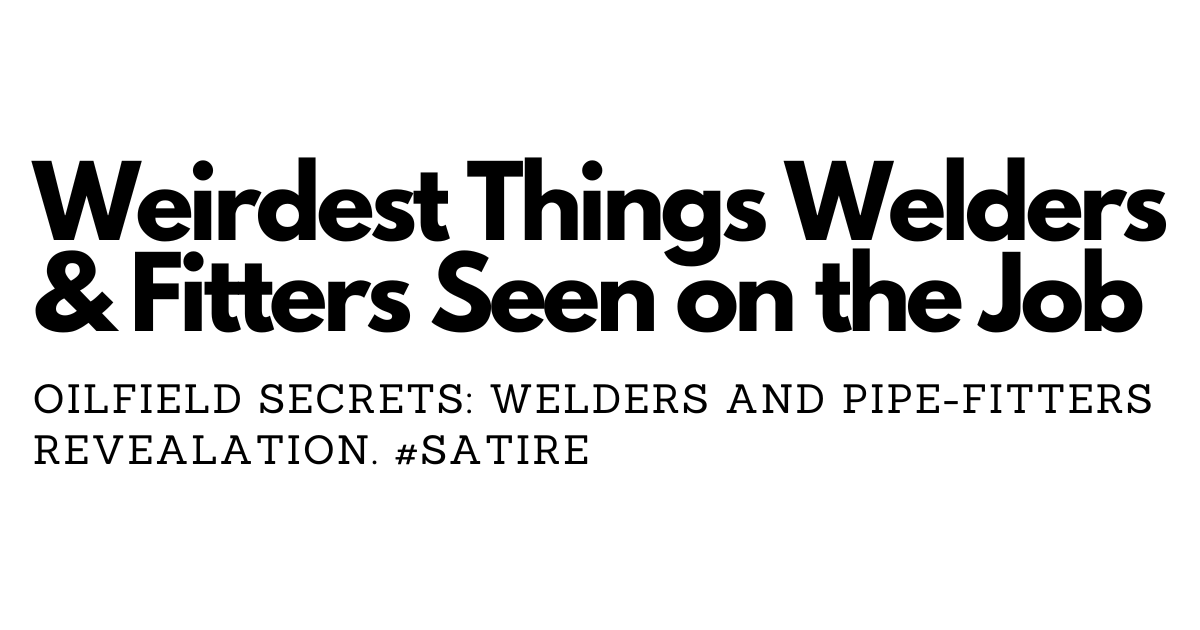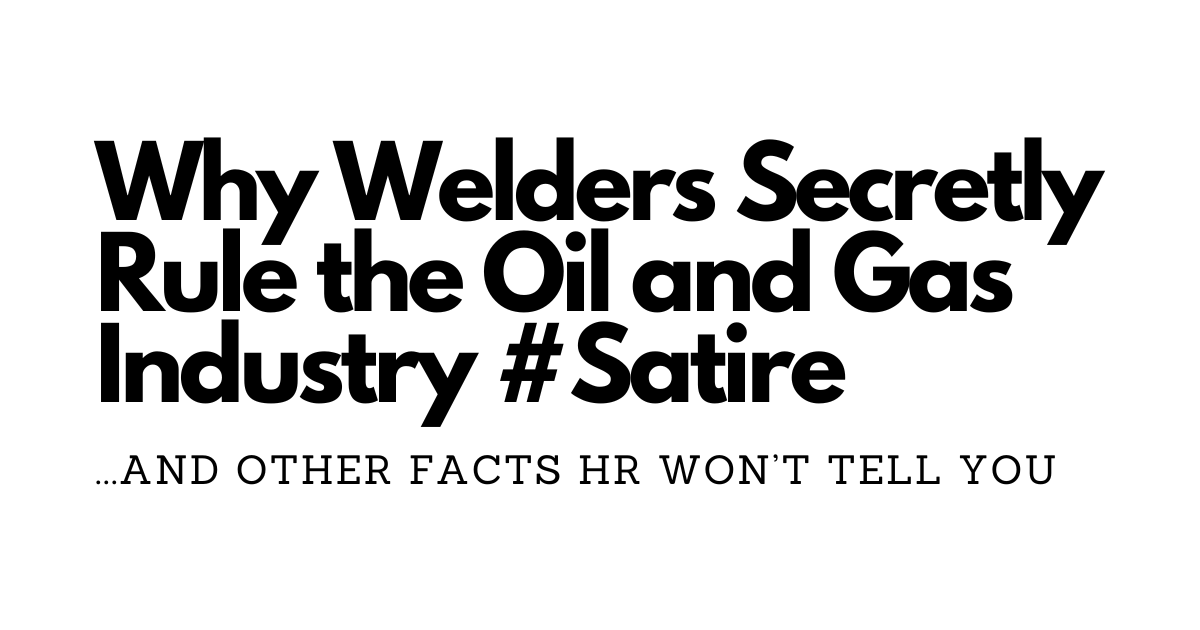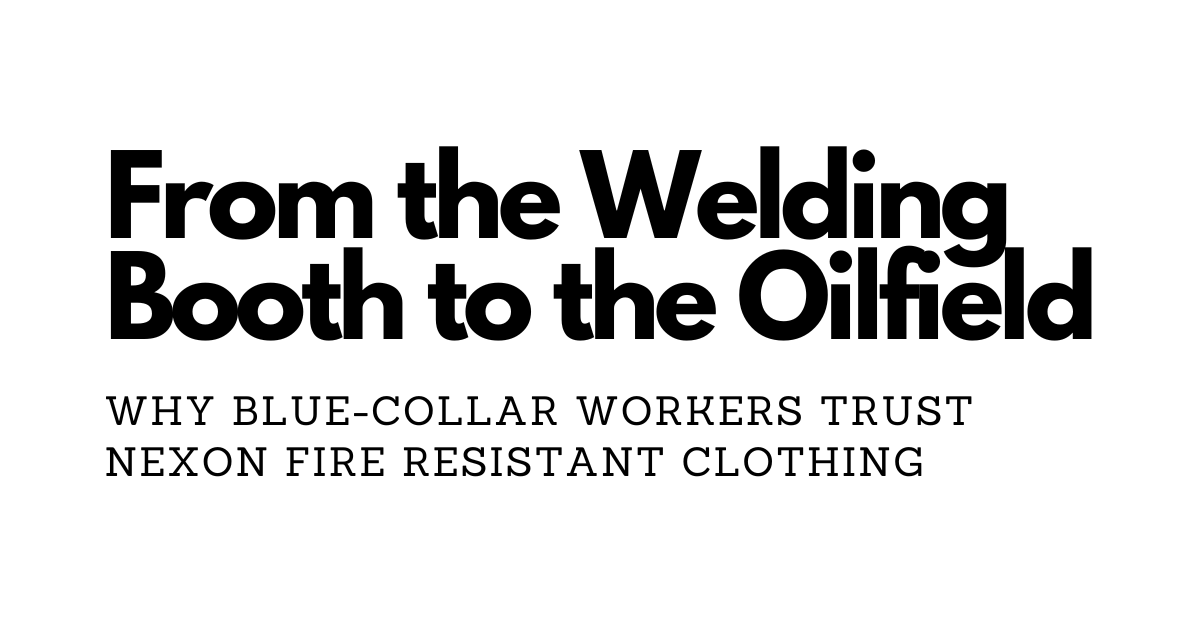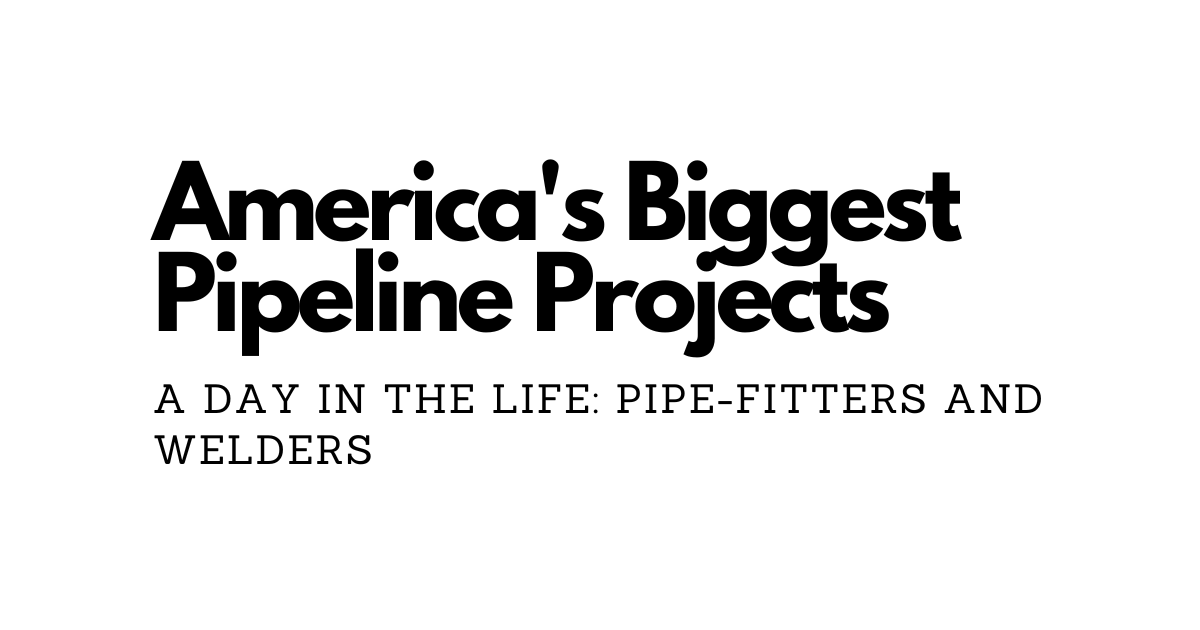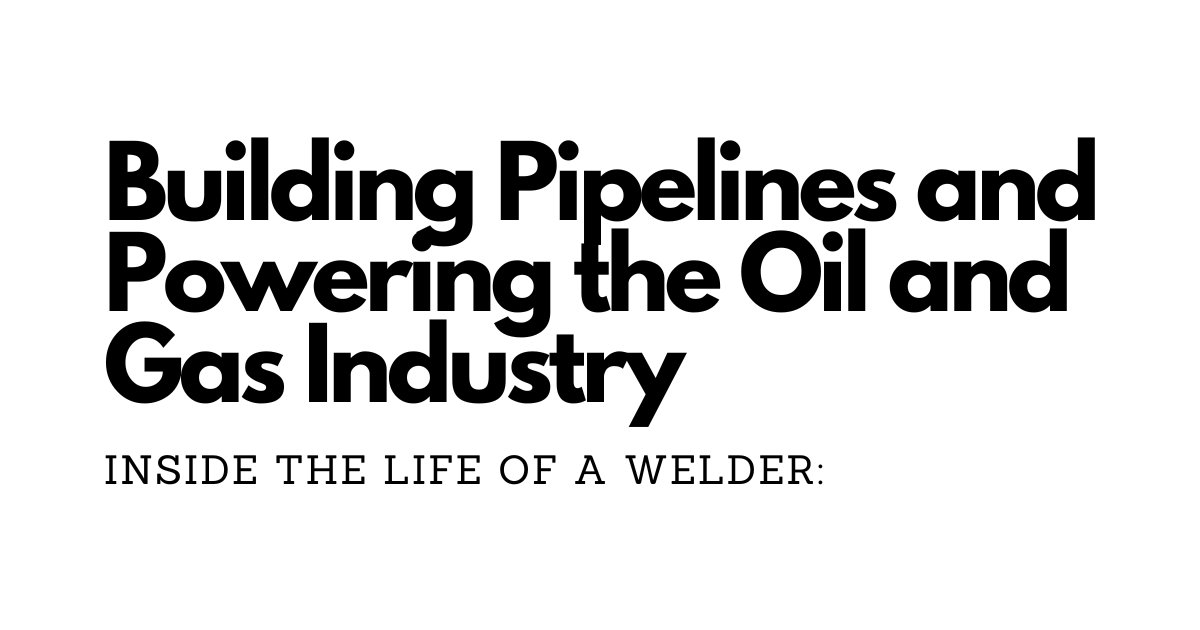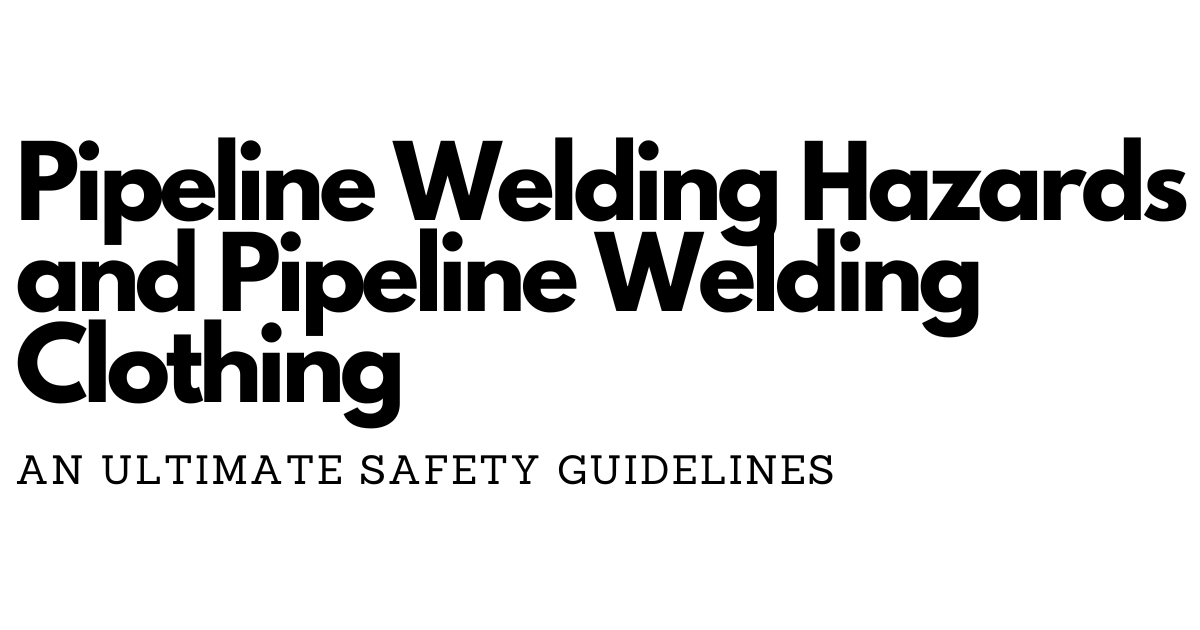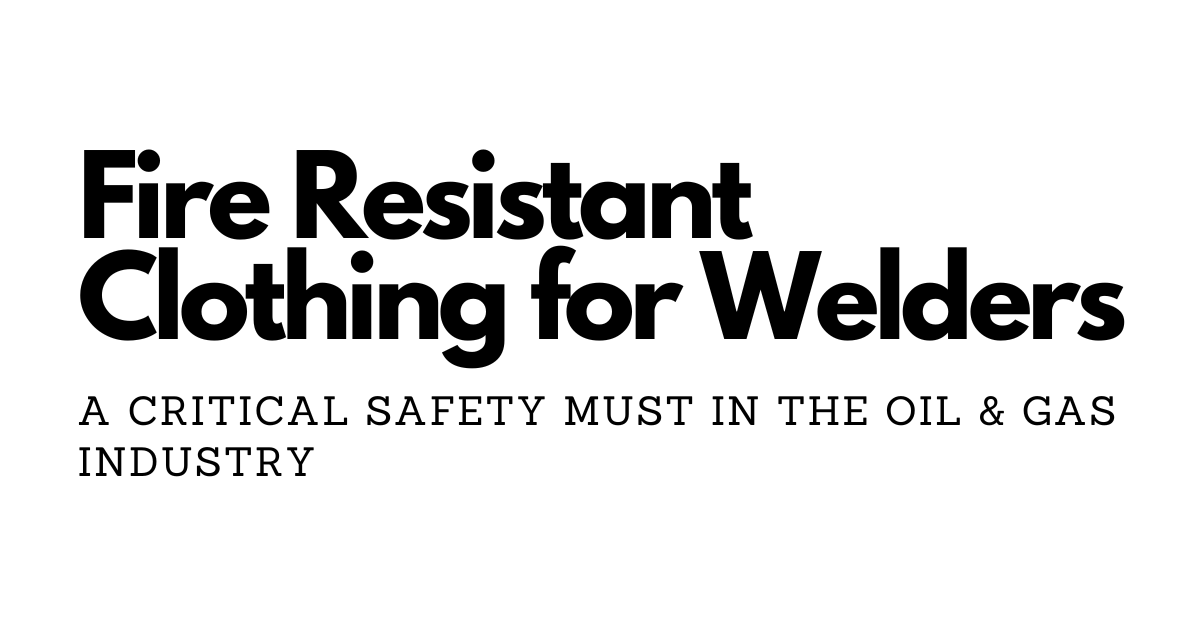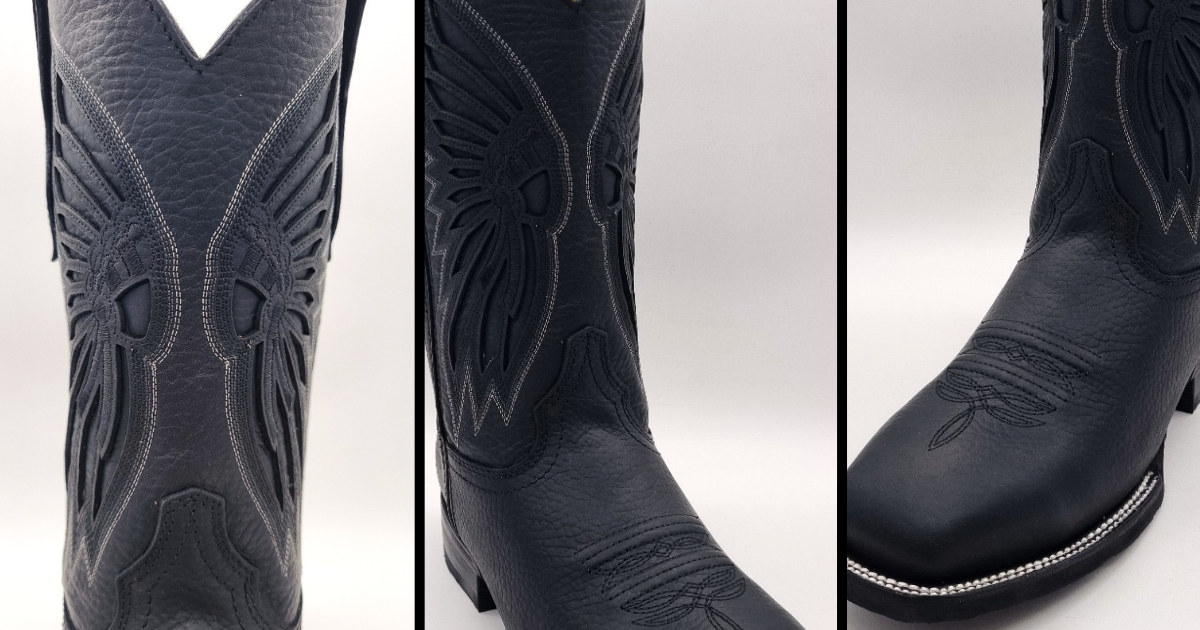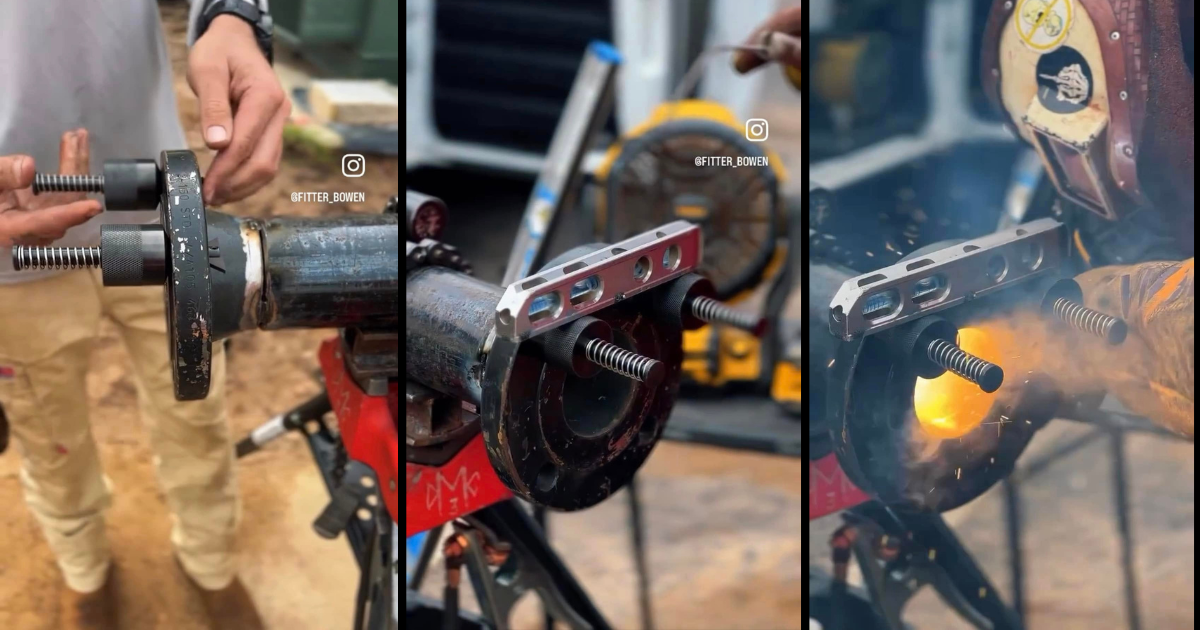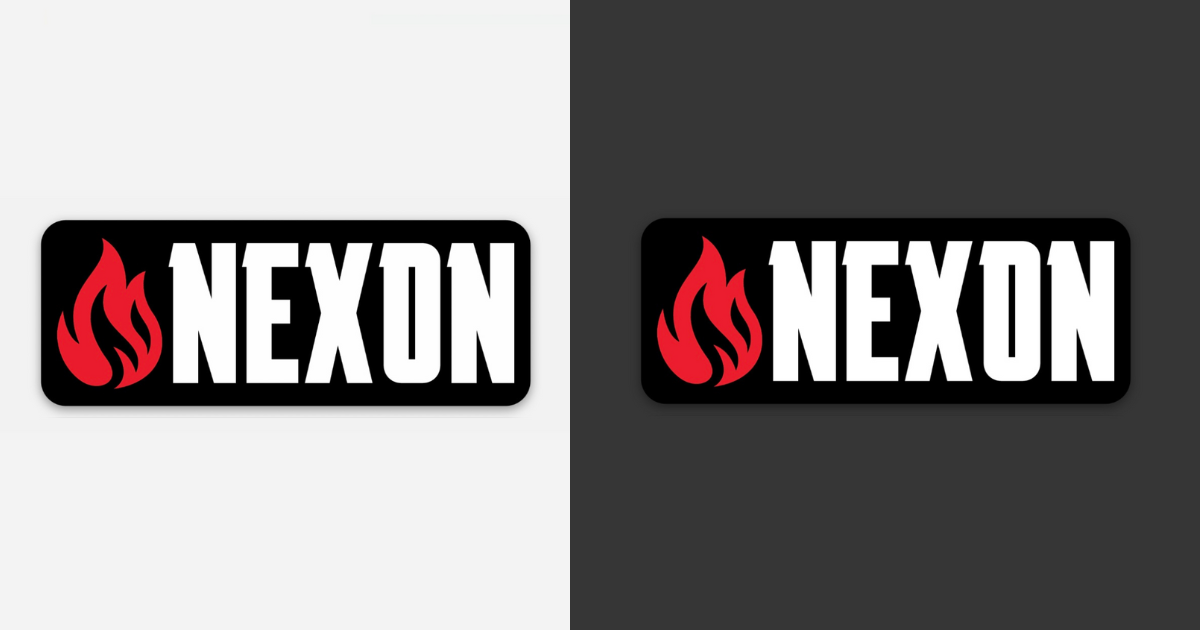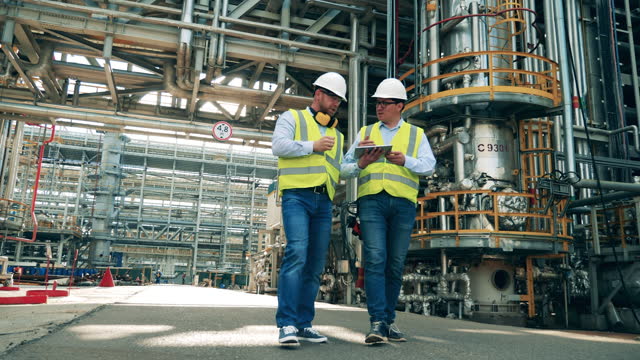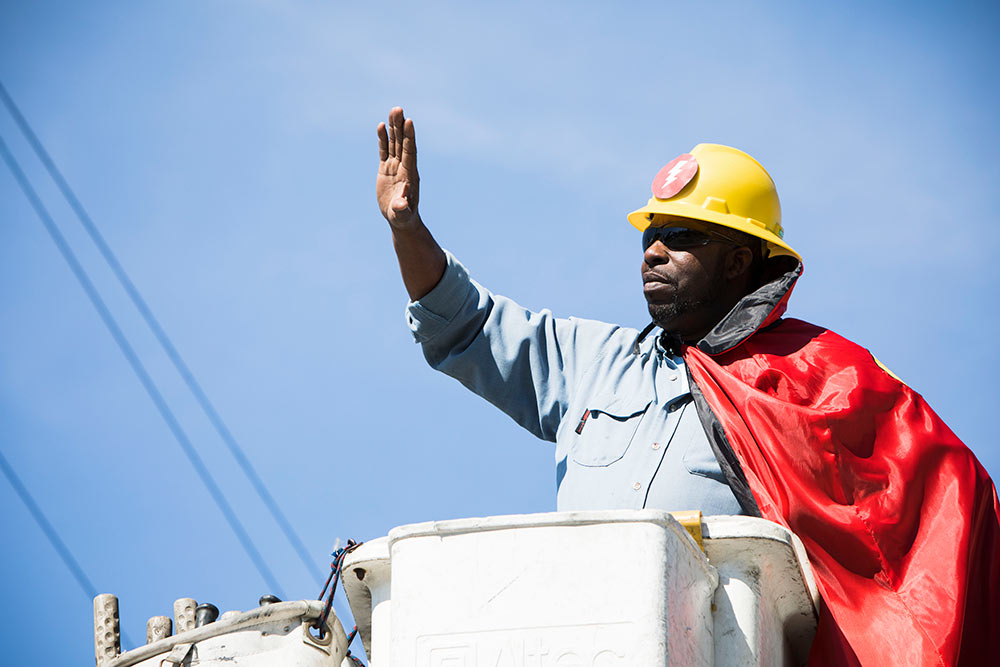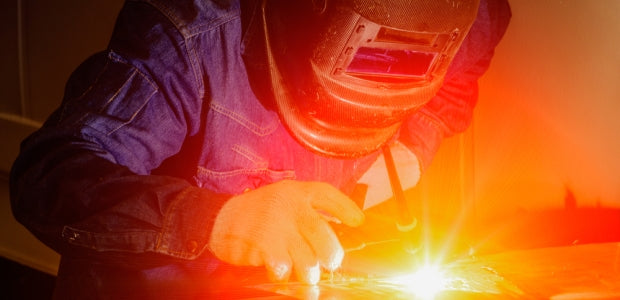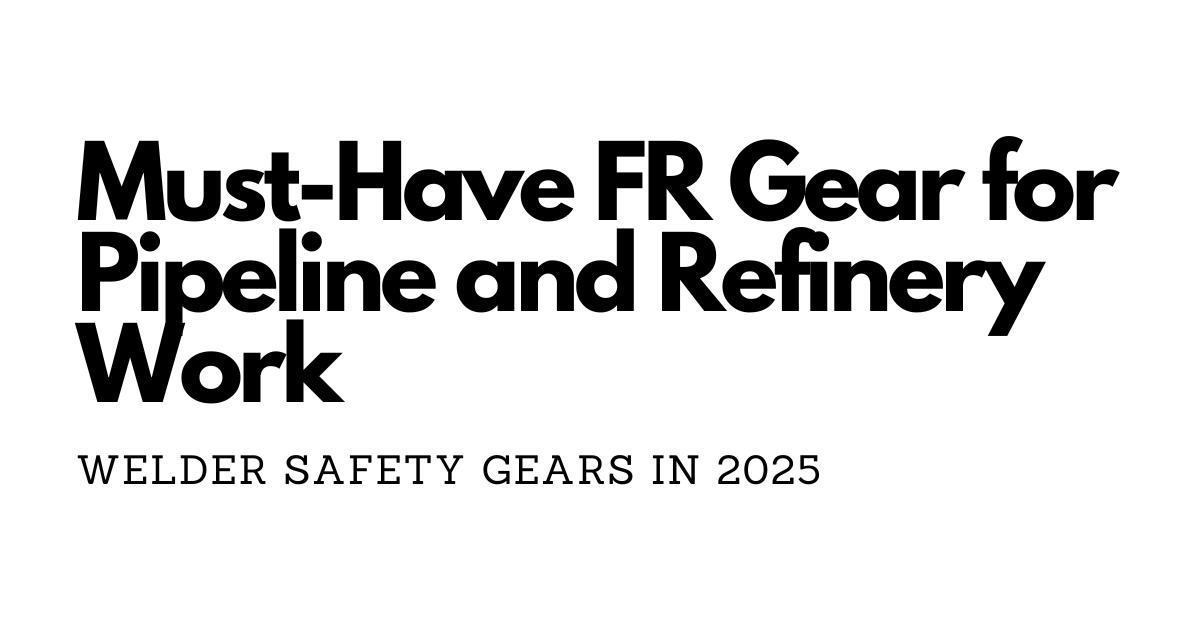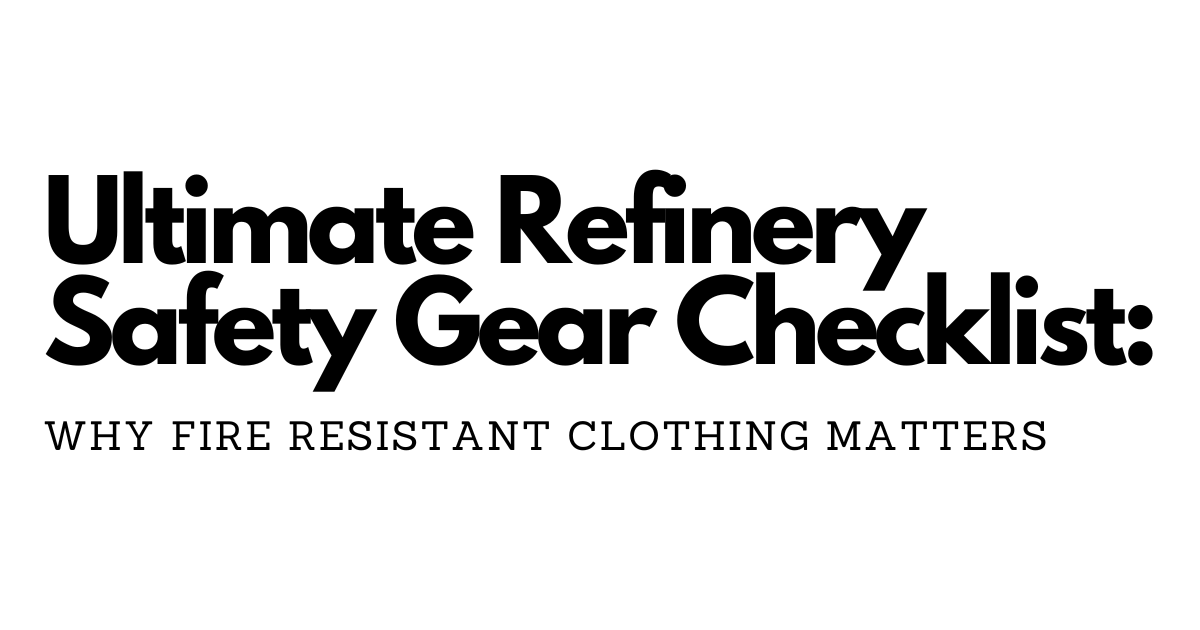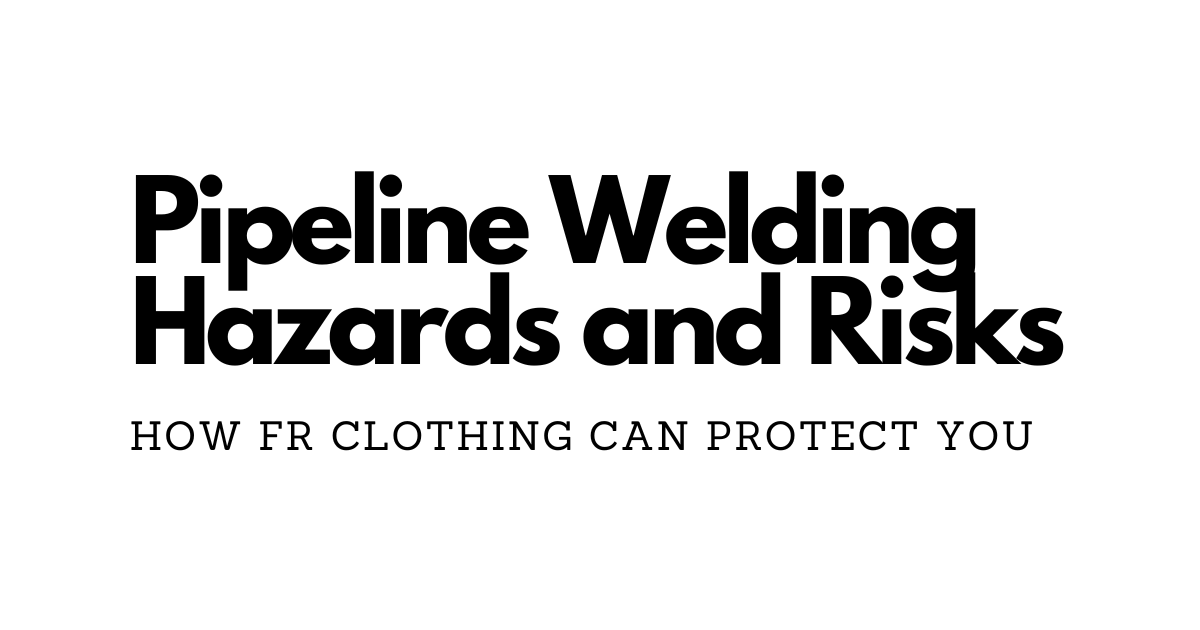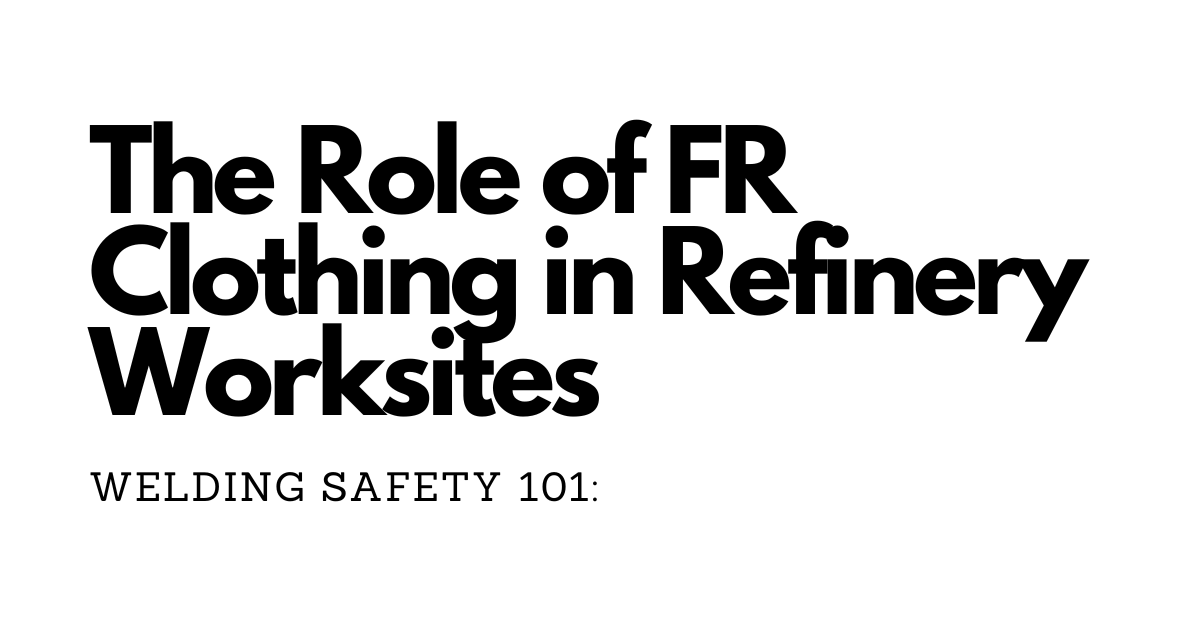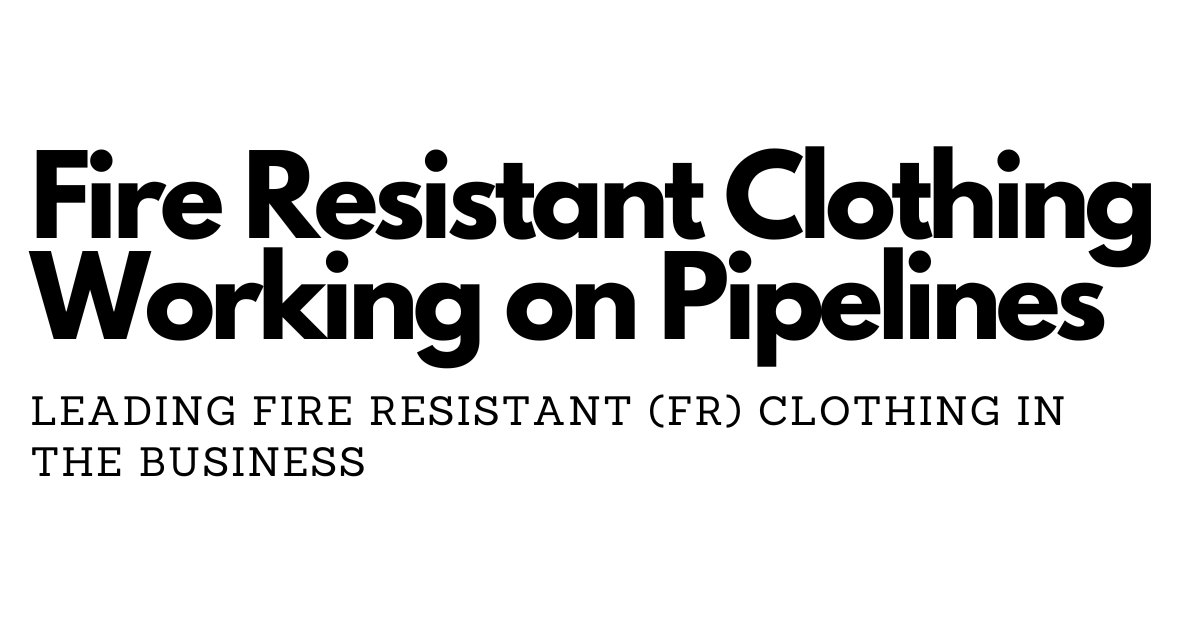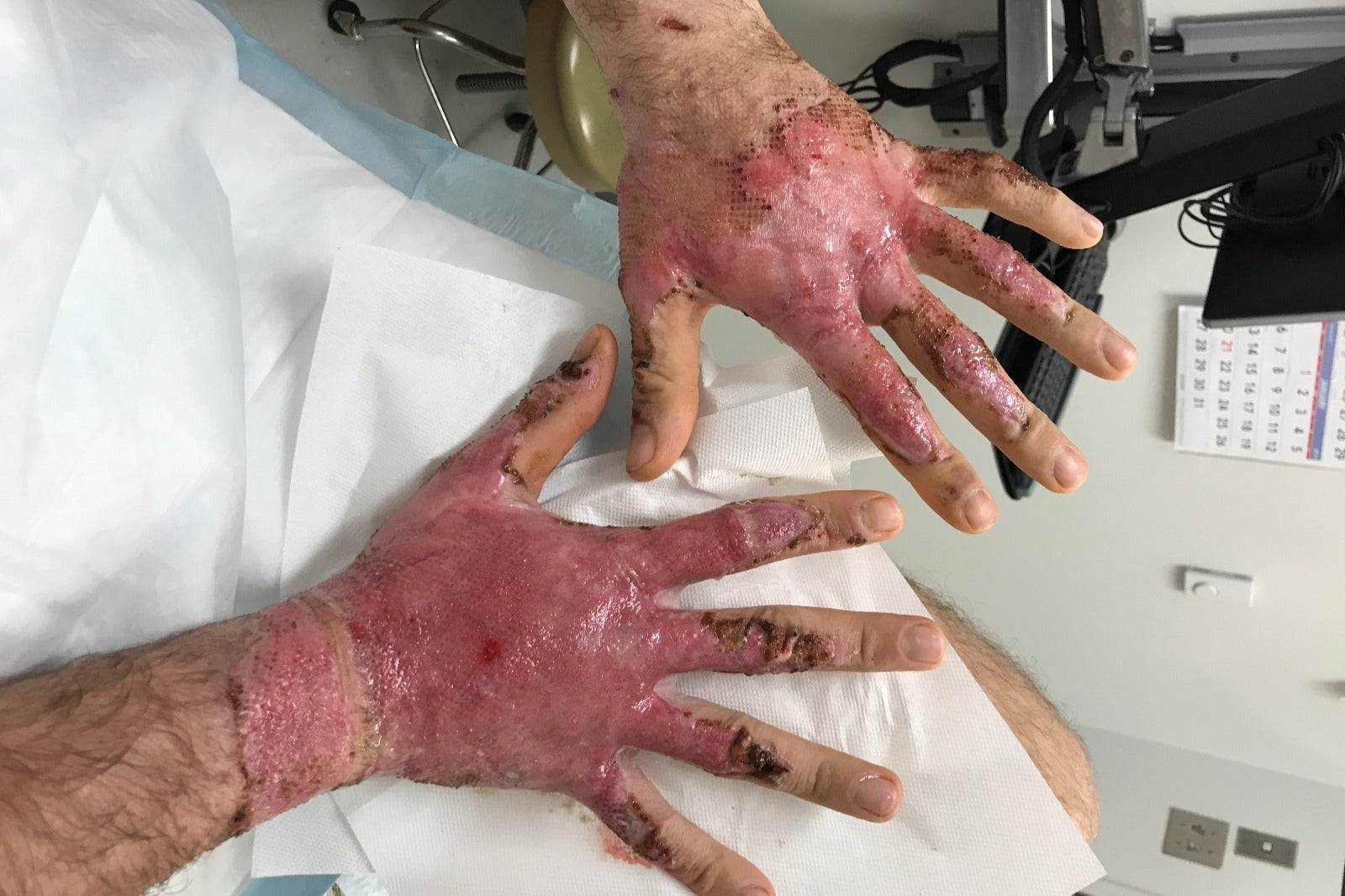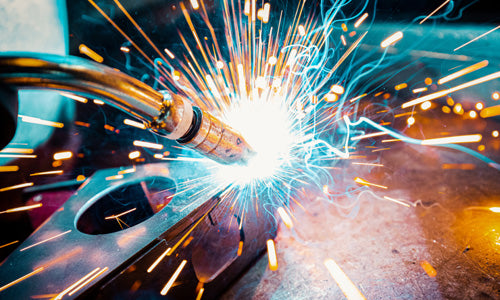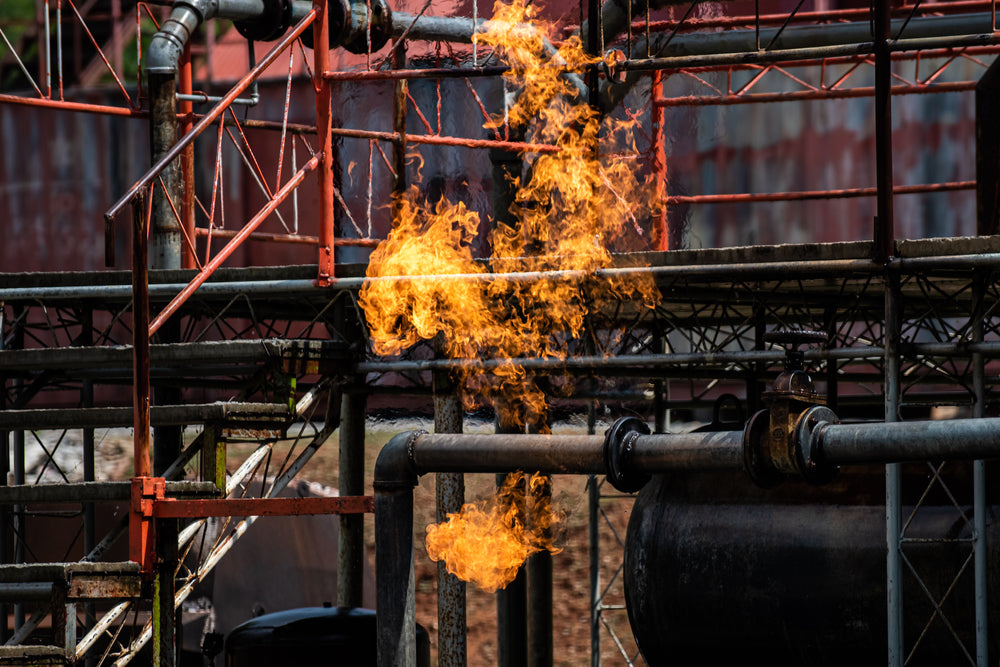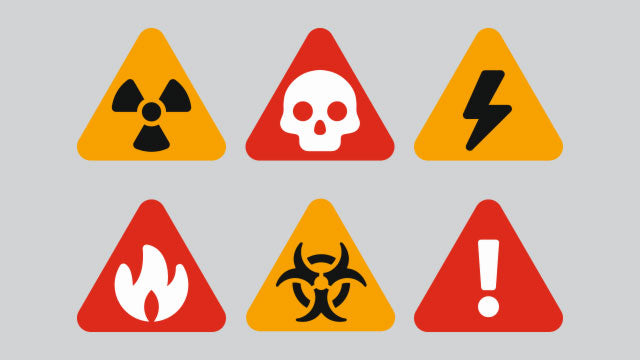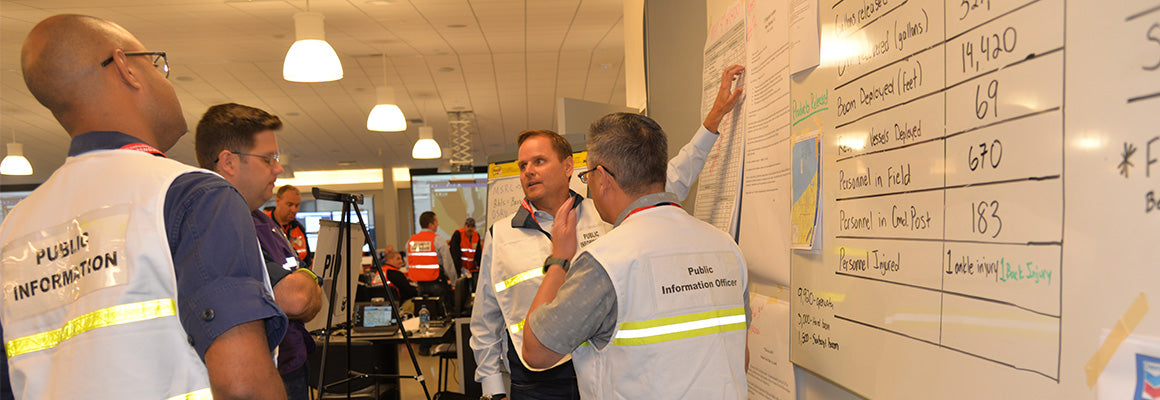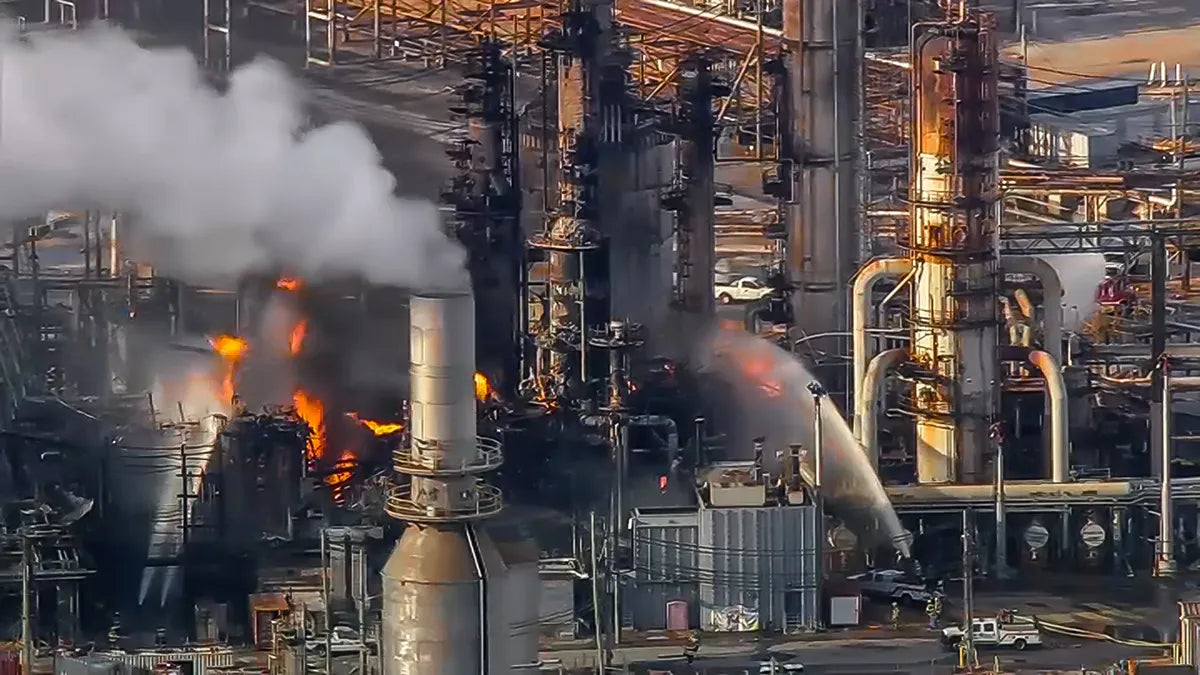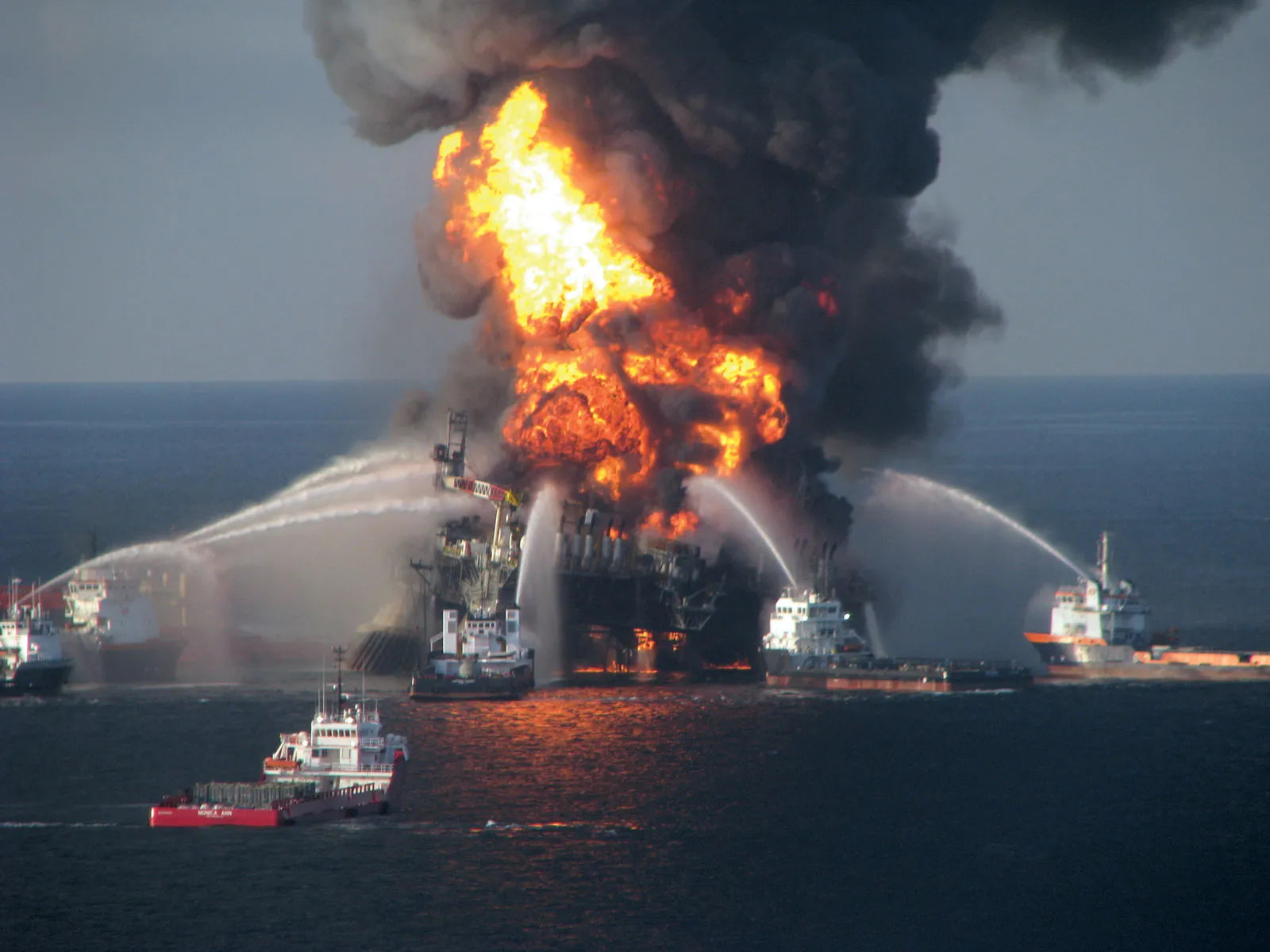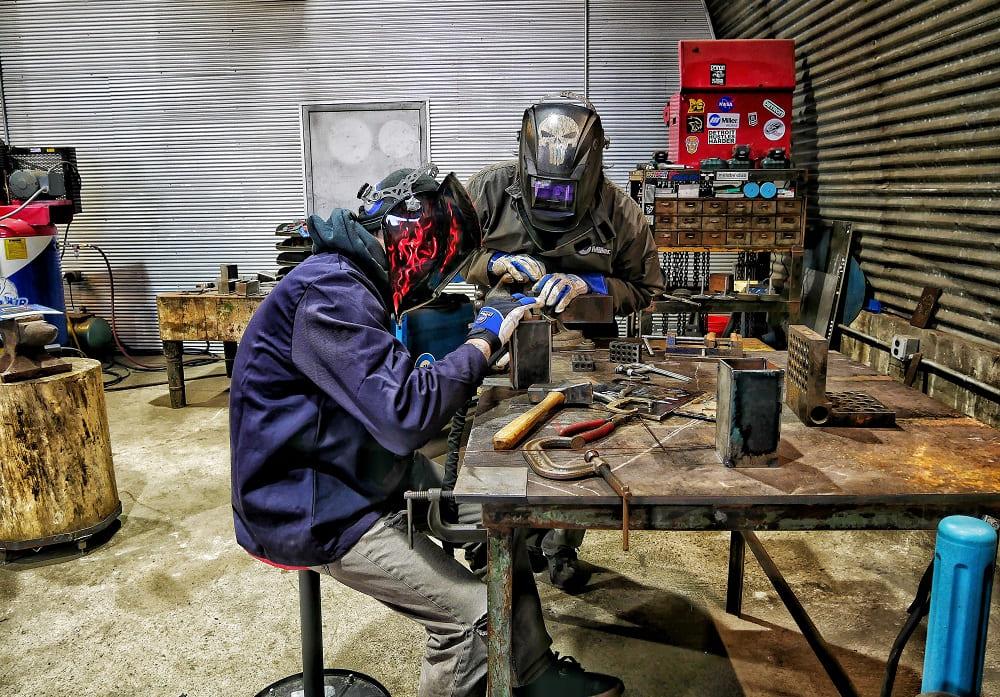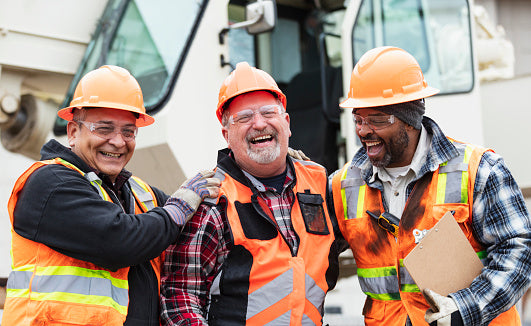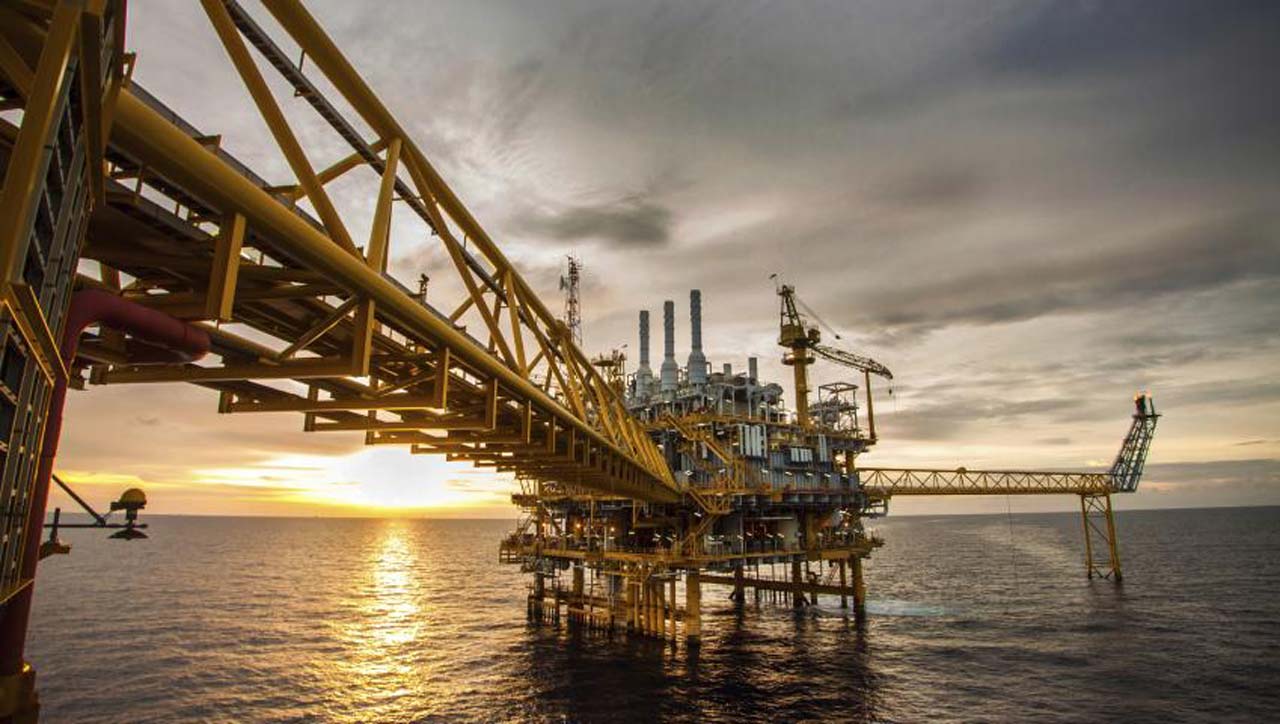

Nexon flame-resistant clothing is designed to automatically extinguish when exposed to flames. Clothing will not cause burns due to exposure to flames. That is, the dough does not melt or drip. Arc protective clothing can protect against arc hazards that exceed basic flame retardancy.
Due to the continuous development and update of industrial safety regulations and voluntary performance standards, the use and availability of flame-retardant (FR) clothing have become more and common. NFPA 70E is a good example. It is a national consensus standard that establishes safety guidelines for workers with electrical hazards. 70E has changed many businesses and facilities, allowing employees to use electrical systems and motivating components.
Safety from two types of hazards: Most FR garments are designed to protect workers from two specific types of hazards: flash fire and electric arc flash. Sudden fire refers to a large fire caused by flammable liquid or hydrocarbon vapor of fine flammable particles (such as coal dust or particles) in the atmosphere. It is a fire that is spreading. The temperature ranges from 1,000 degrees Fahrenheit to 1,900 degrees Fahrenheit.
An arc is the passage of a large current through the ionized air generated by an electrical fault. An arc explosion that usually lasts less than a second produces very high radiant heat emits sound energy, pressure waves, and molten debris. The temperature can reach 35,000 degrees Fahrenheit.
If you have bought flame-resistant clothing, it is also essential to know how to take care of it. Here are few tips for washing your FR clothing:
Can you wash AR/FR garments with other garments?
It is suggested as a most useful practice that you wash AR/FR garments with other AR/FR garments according to manufacturer care procedures.
Minimizing Shrinkage: While some FR fabrics shrink more than others, there are several tactics you can use to give your FRC the longest possible life.
Most FRC includes cotton, which shrinks when it’s washed. Flame resistant fabrics, like many non-FR fabrics, are susceptible to shrinkage no matter what company makes the fabric or manufactures the garment. Nexon manufactures all garments to help accommodate future shrinkage.
It’s important to note that two-thirds of a garment’s shrinkage takes place within the first five washings. Nexon recommends laundering garments at a “warm” temperature. Once you are happy with the way your garment fits, you can retain its size, like any other garment, by line drying it instead of using a dryer. If using a dryer is necessary, remove the garment from the dryer while it is still damp. Drying a garment on high heat could cause excessive shrinkage. The most shrinkage occurs at the very end of an over-dry setting.
How cleaning AR/FR garments? Generally, most AR/FR garments can be washed in a household or industrial laundry. Each fabric or garment manufacturer will provide recommended washing methods. This usually includes restrictions on the use of bleach, softener, and starch.
Soft finishing agents and starch usually contain flammable ingredients, which can accumulate on the surface of FR fabrics, thereby impairing flame retardancy. If you accidentally use a soft finishing agent or starch, it will be washed off if you rewash it without using these products.
Over time, chlorine bleach may damage the flame retardancy of many cotton-rich FR/AR fabrics, so clothing exposed to chlorine bleach should be stopped.
The choice of recycling route usually depends on the environment in which the clothes are worn. Specific processes (such as the Industrial Recycling process) may be more suitable for removing more stubborn dirt and deposits than ordinary dust and dirt. It is essential to understand your work environment and choose the right support plan for your company. Learn more about general care procedure for your FR clothing here.
